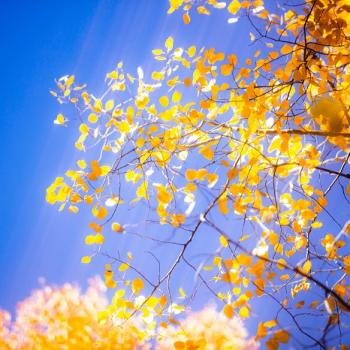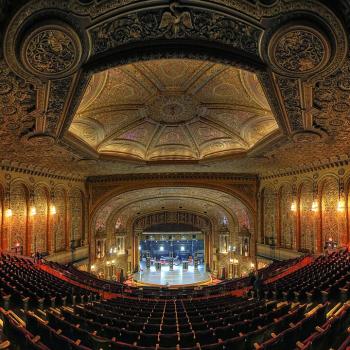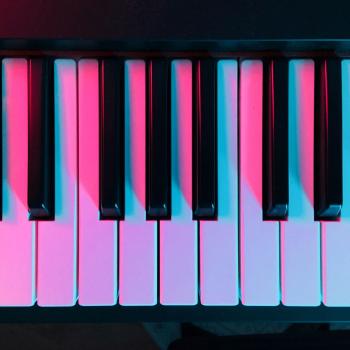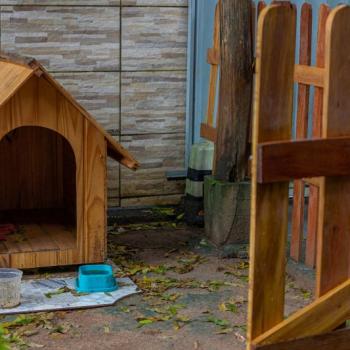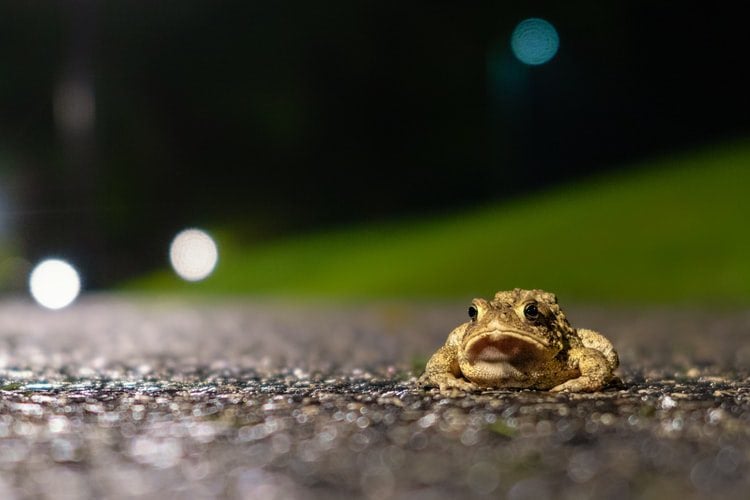
I have a friend who once walked the entire Camino de Santiago route (or one of them; apparently they come in bunches.) It was a long, hot, arduous pilgrimage that took many days. (It was so arduous, he named his blog after it.) Those who walk it today do so, in part, to remind us that pilgrimage is not only a metaphor for the Christian life (thank you, John Bunyan) but for many people in many times and places an actual part of the Christian life. The Middle Ages were a great age of pilgrimage (some other time we’ll talk about Margery Kempe) but Christians in every age have gone on journeys to shrines and away from them.
As we’ve wended our way through the year-and-now-more of COVID, periodically I’ve checked back in to the COVID experience with blog posts framing it in terms of aspects of the Christian life and church history: sabbath, monastery, hermitage. I anticipated my hermitage post would be the last one.
Then we got vaccines.
At first it wasn’t immediately apparent that this was going to change anything. Vaccines were, at first, as hard to access as COVID testing had been in the spring of 2020. News about the pandemic was almost uniformly negative (seriously, read this linked study). The new variants in Britain and South Africa were concerning. Public health messaging around the vaccines assured us that they really wouldn’t change all that much – we all still needed to stay careful, stay home, stay distanced, and stay masked (leading people to wonder, as this article from February brilliantly explains, exactly what we were getting vaccinated for.)
But suddenly in the last few weeks everything has changed in the U.S. The feared March surge from the variants was not as large as anticipated. Scientists tell us that the vaccines work against the variants, or can be modified to do so. As vaccines have become available to younger and younger people, they have become easier to access. My 46-year-old husband had to wait weeks and drive for an hour to get his shots at a mass vaccination clinic in March. I signed my 14-year-old kid up in mid-May the first day vaccines opened to 12 and up, with plenty of slots available at a Kroger 15 minutes away. Reported cases and deaths are falling. And then, of course, a couple of weeks ago the CDC said that fully vaccinated people could take off their masks except in specific situations (personally, I hope we mask in medical settings forever.)
Without minimizing the suffering happening in other parts of the world, chiefly India, it now seems clear that, in the U.S. and some other countries like the U.K., we are in fact on a pilgrimage that looks like it has a destination – a return to normal life, to packed baseball stadiums and bucket-list concerts and eating inside Starbucks and trying to score Hamilton tickets. As our Facebook memories once ticked off the first traumatic changes we made to our lives in the spring of 2020, now they are recording firsts as we come back to life again: first meal out, first live graduation ceremony, first plane trip.
And, having said all that, I think there is something worth remembering from my friend’s hike across Spain, and even from John Bunyan’s fictional hike across the Christian life: pilgrimages are hard. A cartoon that came out in the New Yorker about two months ago, showing a woman transforming into a toad as she freaked out about the idea of seeing humans post-pandemic, noted that while a year ago many of us were ready to hug everyone we saw as soon as (we thought) the few months of the pandemic passed, now we have forgotten “how to people” (and, I would add, how to shop for groceries, eat in restaurants, and put on lipstick.) For me, at least, I have spent so long on high anxiety alert that each new thing I once longed to do now fills me with fear. (“I’m going to see their mouths? I have to remember how to talk to a waiter? I’ve lost all the top notes out of my singing voice! I haven’t left the state of Kentucky since March 2020!”)
Important cautions have been raised about the immunocompromised, about children under 12, about other groups who still need to consider masks and distancing the order of the day. But for many of us, the door has been opened to the life we enjoyed in February 2020 – and we are still very hesitant to step through. For me at least, I find that I have lived in fear of other people for so long that I have forgotten how not to live in fear of other people. As COVID slowly reduces its risk to the level of risks I accept unthinkingly every day – such as getting in a car – I still find myself reduced to tears by the idea of eating in a restaurant unmasked. Forced to be an unwilling hermit, I have now become a willing one. Like the woman in the New Yorker cartoon, I have become a toad, outside and in.
I suppose even toads are welcome on the Camino de Santiago. At any rate, each step will be long and difficult, and it will be a long time before I can savor the goodness of the destination. Yet I am called out of myself and back into life, step after unwilling step.
Image: Unsplash.




